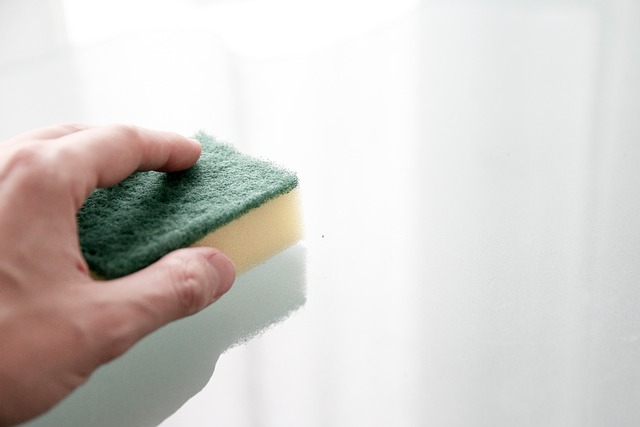Proper floor cleaning is essential for maintaining aesthetics and integrity. Identify stain causes (spills, foot traffic, environmental factors) for tailored cleaning methods. Initial preparation includes vacuuming/sweeping, followed by using mild cleaners suitable for flooring type. For specific stains, like coffee or tea, use a vinegar-water mixture; vinyl floors require baking soda paste. DIY methods work for minor stains, but extensive staining needs professional floor cleaning expertise. Regular vacuuming, sweeping, and suitable care practices prevent staining; blotting with warm water removes stubborn marks. Avoid harsh chemicals, overwatering, and inappropriate cleaners to prevent damage. Advanced techniques like rotating brushes and steam cleaners tackle hard-to-reach areas; natural enzyme-based cleansers offer eco-friendly options.
Unwanted stains on your floors can mar their beauty and durability. This comprehensive guide delves into the world of floor stain removal, offering expert insights for both DIY enthusiasts and professional cleaners. From understanding common stain causes to exploring effective cleaning solutions, we cover it all. Learn about natural alternatives, compare DIY vs. professional services, and discover advanced techniques for hard-to-reach spots. Master the art of floor cleaning and reclaim your home’s pristine floors today.
Understanding Floor Stains: Causes and Types
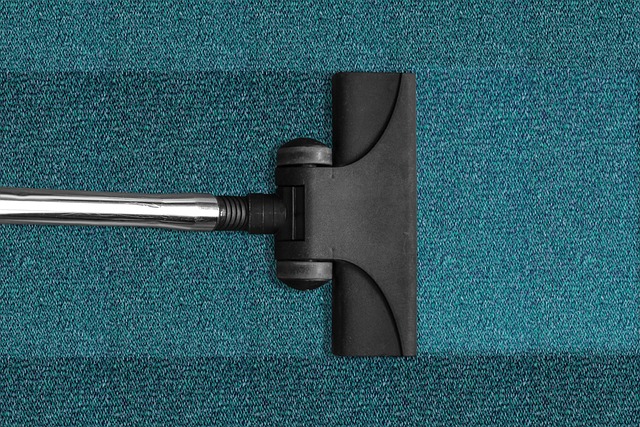
Floor stains can significantly detract from a space’s aesthetic appeal, but understanding their causes and types is the first step in effective floor cleaning. Stains on hardwood, tile, or vinyl floors can result from various factors such as spills, foot traffic, environmental factors like sunlight and moisture, and even wear and tear over time. Identifying the specific type of stain is crucial for selecting the right cleaning method.
For example, common types of floor stains include water rings from standing water, oil-based stains from spills or tracked-in substances, and dull spots caused by heavy foot traffic. Each requires a tailored approach during the floor cleaning process. By recognizing these causes and categorizing the stains accordingly, homeowners and professionals can ensure that floor cleaning routines are not only effective but also prevent further damage or discoloration.
Preparation: Cleaning Before Stain Removal

Before tackling any stain removal process, proper preparation is key. The first step in floor stain removal is a thorough floor cleaning to ensure optimal results. Start by vacuuming or sweeping your floor to remove any loose dirt or debris. This initial step not only prepares your floor for deeper cleaning but also prevents additional scattering of the stain when you begin the removal process.
For hard floors, use a mild floor cleaner suitable for your flooring type and follow the manufacturer’s instructions. Mopping with warm water is a common practice, but be mindful not to saturate the floor. Overwetting can damage certain types of flooring. Dry the floor completely after cleaning to create a clean slate for stain removal.
Choosing the Right Cleaning Solutions
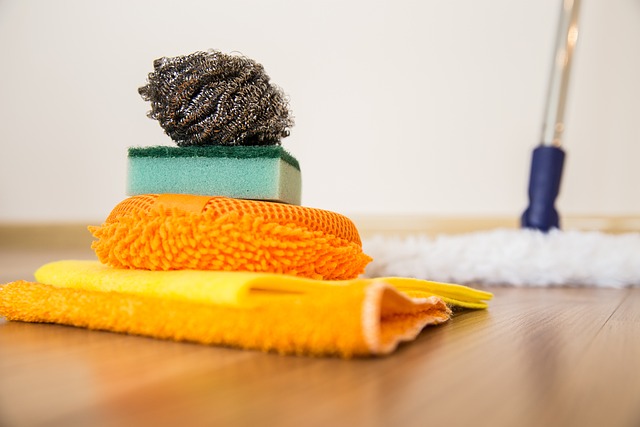
When it comes to floor stain removal, selecting the appropriate cleaning solutions is half the battle won. The market offers a plethora of options tailored for different types of floors and stains. For instance, vinyl, wood, and tile each require specific care. Understanding your floor’s material is crucial in choosing the right cleaner; using an unsuitable product could damage or discolor it.
In terms of floor cleaning, natural ingredients like lemon juice and baking soda are gentle yet effective for daily maintenance. However, for stubborn stains, enzymatic cleaners or specialized stain removers might be needed. These products target specific types of messes, whether it’s grease, blood, or wine. Always read labels to ensure the solution is suitable for your floor type and follow instructions precisely to achieve optimal results without causing any harm.
Effective Methods for Common Floor Stains
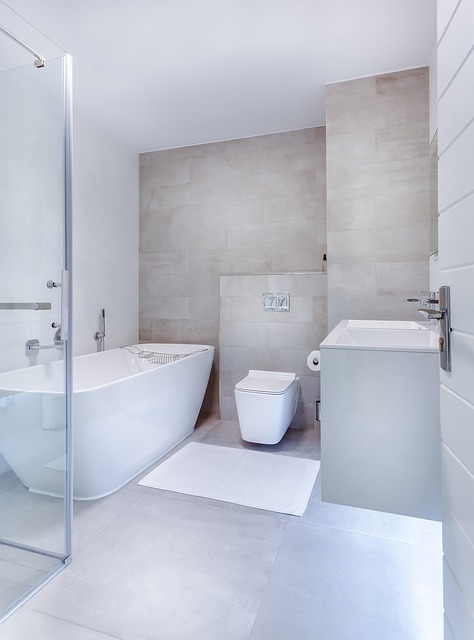
When it comes to removing floor stains, understanding effective methods tailored to common issues is key. For stubborn coffee or tea stains, a quick response is crucial. Blot the liquid with a clean cloth immediately, then apply a mixture of equal parts white vinegar and water. Let it sit for 15 minutes, and gently scrub with a soft-bristled brush before mopping up with warm water. This natural cleaning duo cuts through the stain without harsh chemicals.
For vinyl floors, especially those with grout lines, removing sticky or greasy residue requires a different approach. Create a paste from baking soda and water, apply it to the stained area, and let it sit for 10 minutes. Scrub thoroughly using an old toothbrush, then wipe clean with a damp cloth. This method effectively lifts stains without damaging the surface. Regular floor cleaning maintenance, including sweeping and mopping, is essential to prevent future stains from setting in.
Using Natural Cleaning Agents

When it comes to floor cleaning, natural agents offer a safe and eco-friendly approach to stain removal. Common household items like baking soda, vinegar, and lemon juice can be powerful allies in tackling tough stains. Baking soda’s abrasive properties make it effective for scrubbing away dirt and grime, while its alkaline nature helps neutralise odors. Vinegar, a natural disinfectant, is ideal for removing grease and oil-based stains. Its acetic acid content cuts through grime, leaving floors fresh and clean.
For an extra boost, mix vinegar with baking soda to create a natural cleaning solution that’s gentle on your floors yet tough on stains. Lemon juice, rich in citric acid, is excellent for removing stubborn marks and brightening the floor’s finish. These natural floor cleaning methods not only save you money but also ensure a healthier living environment, free from harsh chemicals.
DIY vs. Professional Floor Stain Removal
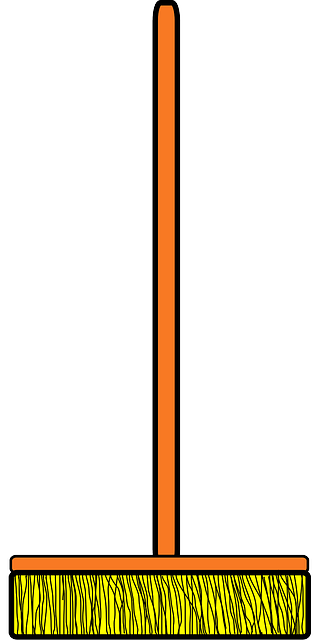
When it comes to removing floor stains, there are two primary approaches: DIY and professional services. Many homeowners opt for do-it-yourself (DIY) methods as a cost-effective solution. Common floor cleaning techniques involve using white vinegar, baking soda, or commercial cleaners available in stores. These methods are simple and accessible, allowing you to tackle minor stains yourself. However, for more persistent or extensive staining, especially on high-traffic areas like entryways or kitchens, professional floor stain removal is recommended.
Professional services offer specialized equipment and expertise to handle tougher cases. They have access to advanced cleaning solutions and techniques tailored to different flooring types. While DIY methods are a good starting point, professionals can ensure deeper cleaning without causing damage. This is particularly important for exotic or high-end flooring materials that require specific care.
Tips for Maintaining a Stain-Free Floor
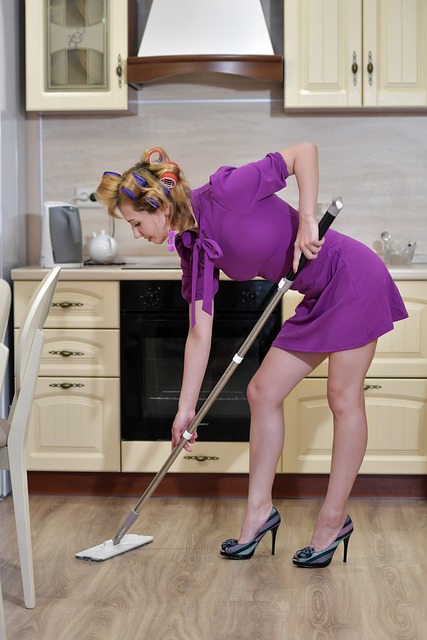
Keeping your floors looking their best starts with regular floor cleaning and proper maintenance. Schedule frequent, thorough vacuuming or sweeping to remove dirt, dust, and debris that can lead to stains. For tough, ingrained stains, address them immediately by blotting with a clean cloth dampened with warm water. Avoid using harsh chemicals or abrasive cleaners, which can damage the flooring finish over time. Instead, opt for mild, floor-specific cleaning solutions designed for your type of flooring. Regularly waxing or sealing your floors, depending on the material, adds an extra layer of protection against stains and makes future cleaning easier.
Common Mistakes to Avoid During Floor Cleaning
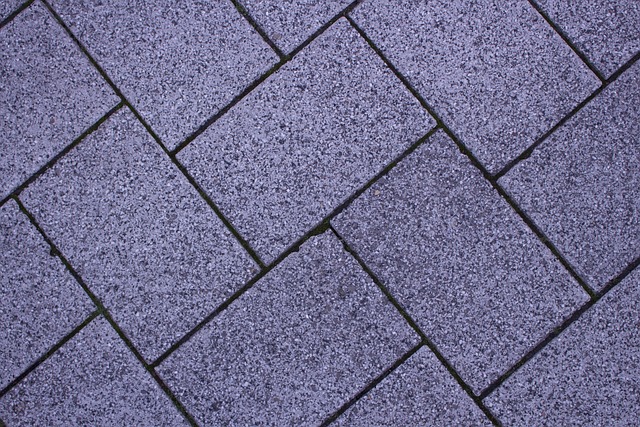
When it comes to floor cleaning, there are several common mistakes that homeowners often make, which can lead to damaged floors or ineffective cleaning. One of the biggest blunders is using harsh chemicals or abrasive cleaners on delicate flooring materials like wood or tile. These aggressive substances can strip away protective coatings and damage the finish, leaving your floors looking dull and aged prematurely. Instead, opt for pH-neutral cleaners specifically designed for your floor type to maintain their beauty and longevity.
Another mistake to steer clear of is ignoring regular maintenance. Vacuuming or sweeping your floors regularly helps remove loose dirt and debris, preventing them from settling and causing stains. Additionally, avoid excessive water usage during cleaning. Overwatering can lead to wood warping or tile damage, so use a mop with appropriate water levels for optimal results without soaking your floors.
Advanced Techniques for Hard-to-Reach Stains

When it comes to floor cleaning, tackling hard-to-reach stains requires a strategic approach. For areas that are difficult to access or have intricate designs, traditional methods might not be effective enough. Here, advanced techniques come into play. One such method is using specialized tools like rotating brushes or steam cleaners designed for tight spaces. These tools can penetrate deep into cracks and crevices, effectively lifting stains from hard-to-reach spots.
Another innovative solution involves applying natural enzyme-based cleansers that break down stubborn spills and dirt over time. This eco-friendly approach is ideal for delicate flooring and ensures minimal damage while achieving remarkable results. By combining these advanced techniques with regular floor maintenance, you can keep your floors pristine, even in the trickiest of areas, enhancing overall floor cleaning efficiency.
